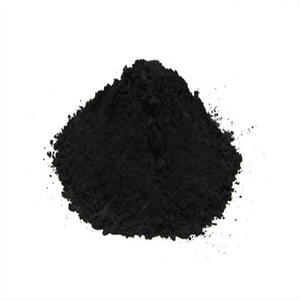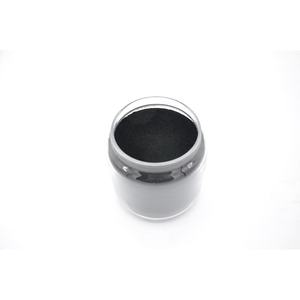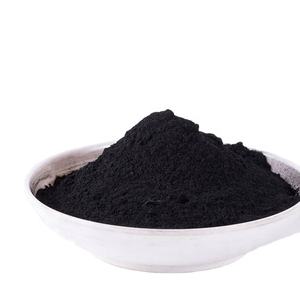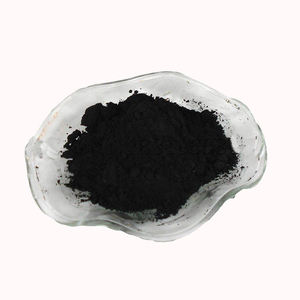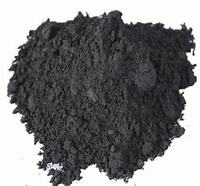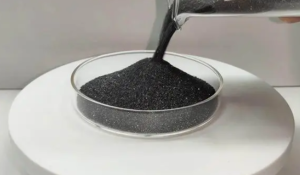Professional graphite material supplier, graphite for EV, grease, furnace and any other industries.
(How To Design Graphite Heating Element)
Graphite heating elements are one of the most common types of heating elements used in electrical equipment such as stoves, cooktops, and space heaters. They work by converting electrical energy into heat energy that is then transferred to the element’s surface. However, designing an effective graphite heating element requires careful consideration of several factors, including material properties, heat transfer rate, and thermal conductivity.
(How To Design Graphite Heating Element)
One of the first things to consider when designing a graphite heating element is its material properties. Graphite is a brittle material that is susceptible to cracking under high temperatures. Therefore, it is important to choose a material that can withstand these conditions. A common option for graphite heating elements is carbon steel, which is made from a mixture of carbon and iron and has excellent thermal conductivity.
The next step in designing a graphite heating element is to determine its heat transfer rate. Heat transfer rate refers to the amount of heat energy that is transferred between two objects through their surfaces. This can be calculated using various formulas depending on the temperature difference between the two objects and the cross-sectional area of the element. The heat transfer rate should be optimized to ensure efficient heat transfer while minimizing energy loss.
Once the heat transfer rate has been determined, the next step is to optimize the thermal conductivity of the element. Thermal conductivity refers to the ability of an object to transfer heat. It is typically measured in watts per meter per degree Celsius (W/m°C). An element with higher thermal conductivity will have better heat transfer performance and will require less power to operate.
In addition to material properties and thermal conductivity, the design of a graphite heating element also depends on other factors such as voltage, current, and resistance. These factors must be carefully considered to ensure optimal heat transfer and minimize energy loss.
(How To Design Graphite Heating Element)
To summarize, designing an effective graphite heating element involves considering several factors such as material properties, heat transfer rate, and thermal conductivity. By selecting the right materials, optimizing heat transfer, and controlling voltage, current, and resistance, you can create an efficient heating element that provides optimal performance for your electrical equipment. hot tags: graphite,graphite powder,nano graphite
(How To Design Graphite Heating Element)

